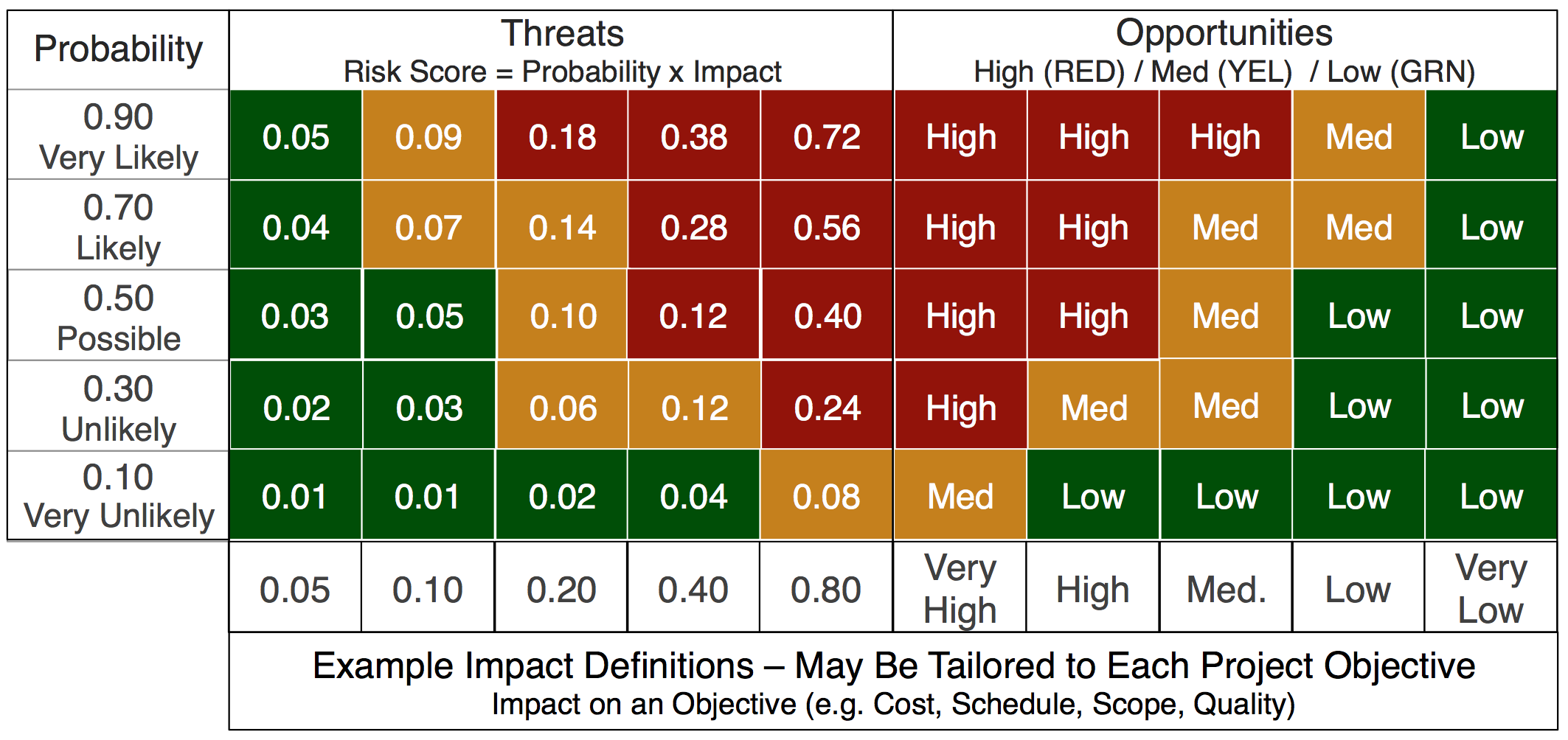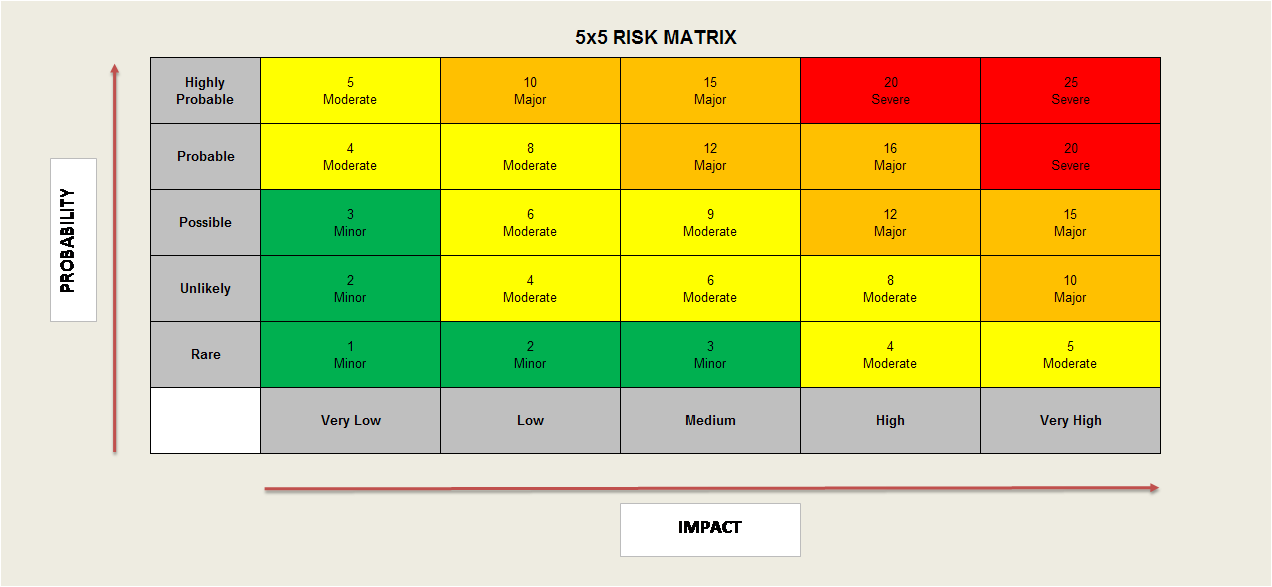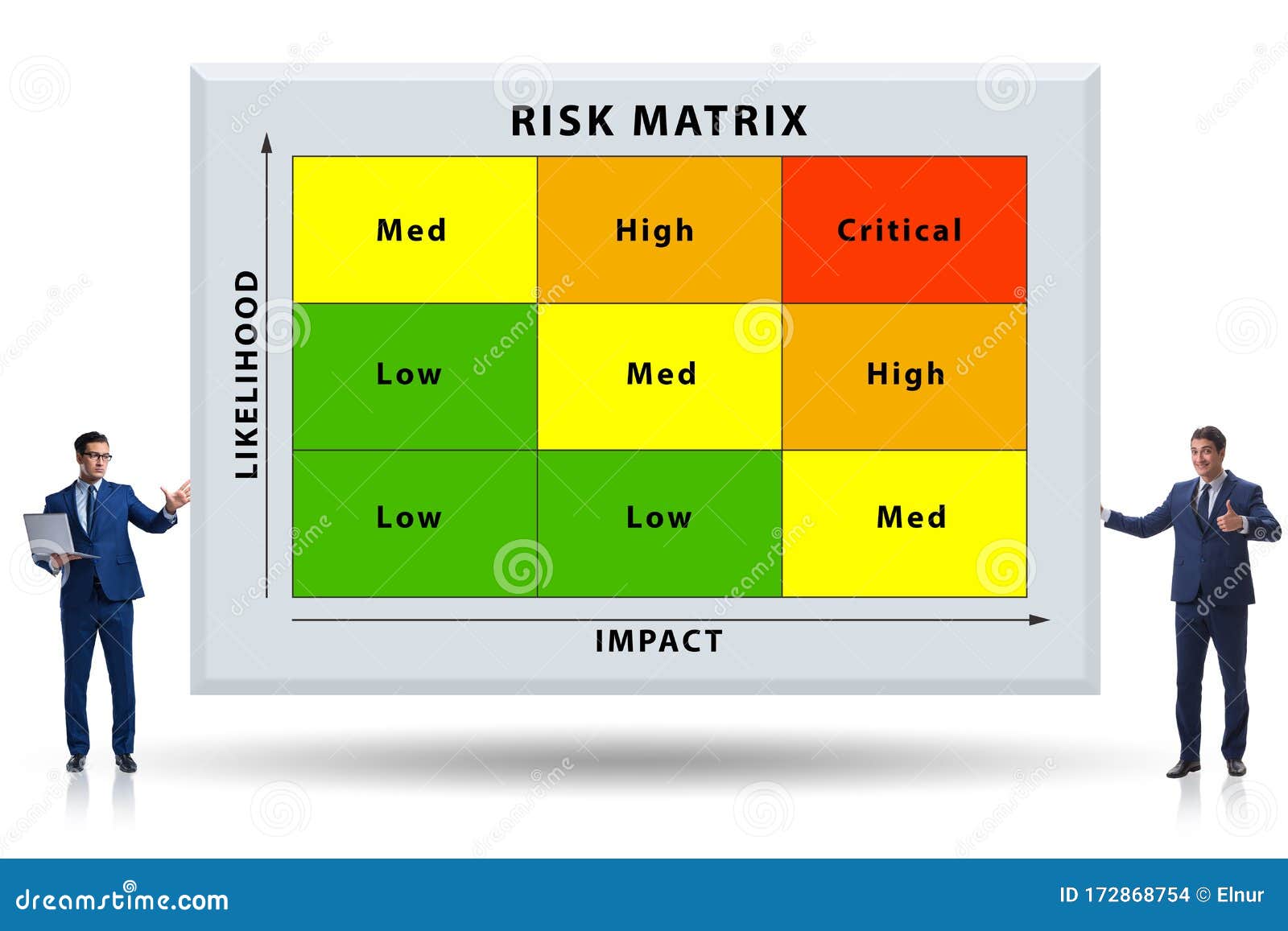

Risk assessment basically involves the calculation of the magnitude of potential consequences (levels of impacts) and the likelihood (levels of probability) of these consequences to occur. A quantitative risk assessment would require significantly more data which is very often an important constraint. The approach described below can only be used to calculate risk in a semi-quantitative or qualitative way. Identify critical knowledge gaps, thereby helping to prioritise future research.Facilitate explicit identification of environmental values of concern.Allow management agencies to ask "what if" questions regarding the consequences of various potential management actions.Highlight the greatest risks needed to support allocation decisions for limited resources.The risk assessment is a useful management tool which will: In other words, it is the practice of assessing the impact of uncertainty on achieving objectives, organising information and contributing to the decision-making process.

To perform a risk analysis to assess the risk of not achieving the goal set previously, as well as to identify and prioritise those issues where some necessary management actions could be required. Of course, you can lay it out in any way that you choose as long as you’re following those general guidelines that will help you the most during the qualitative analysis of the risks of your project.Īnd that is the Probability and Impact Matrix for reviewing Risk.Key Activity Scenario analysis (including risk assessment) And that’s the way that they’re prioritizing in this particular probability and impact matrix. And then the impact as a negative impact for threats, or a positive impact for opportunities, and those are multiplied together to give us the outcome.Īs you can see, we’ve got the high impact and high probability up in the top right, and low impact and low probability in the bottom left. So we’ve got very low and very high, or 0.1 to 0.9. As you can see, we’ve got the probability on one side, and its actually given descriptive terms and numbers just so you can see the difference. Here’s an example of a probability of impact Matrix. The reason we use numbers is if numbers are used they can be multiplied to give a probability impact score for each risk, and that’s a great way to prioritize those risks. Or more common is numeric values, where a 5 might be a high, and a 1 might be a low for example. And things like descriptive terms could be used if you want to – so it might have a “high impact”, medium, low, very low.

So first of all, both opportunities and threats are rated, so we do want to find the strengths and our weaknesses of our project. So is it a high priority? Is there a high probability and a high impact? Then we probably want to be focusing on that, and the low ones we can maybe leave for later. And what’s the impact if that actually happens? Is it high, is it low? By giving it a rating, it allows project risks to be allocated into priority groups. We ask, “What is the probability of it happening?” Maybe it’s 70 percent for example. It’s a grid for mapping the probability of each risk occurrence, and its impact on your project objectives if that risk occurs. What is a Probability and Impact Matrix? Well, it’s part of your qualitative risk analysis. – See All Project Management Key Concepts –


 0 kommentar(er)
0 kommentar(er)
